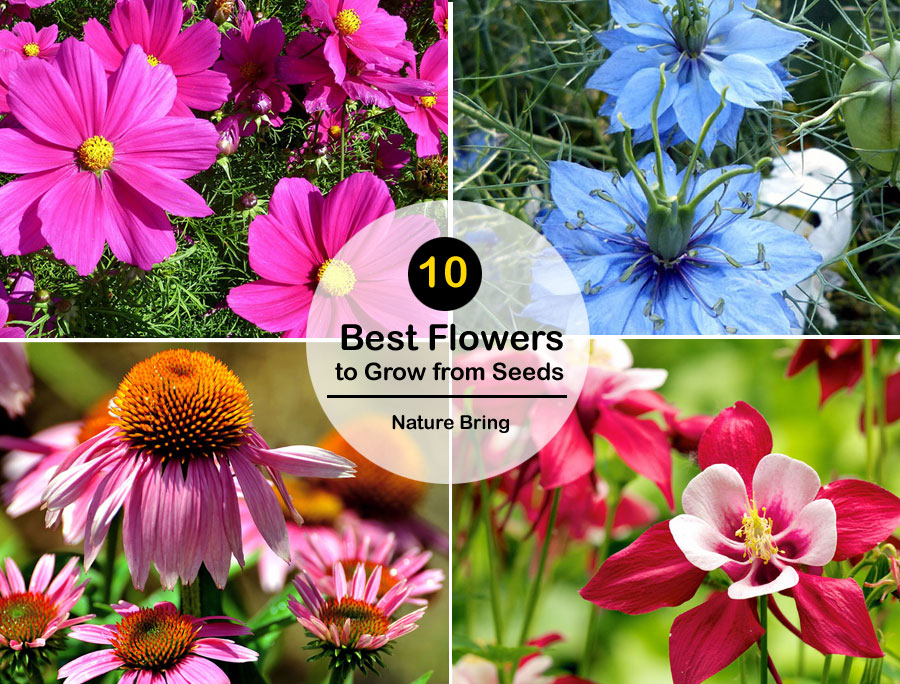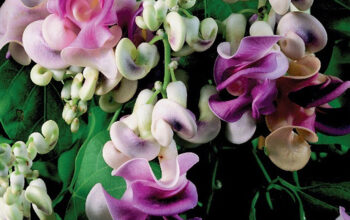Best Flowers to Grow from Seeds
The process of growing plants from seeds is effortless, and it costs a lot less than purchasing live plants. Some of the best flowers to grow from seeds are listed below. Spring is a good season to grow flowers from seed.
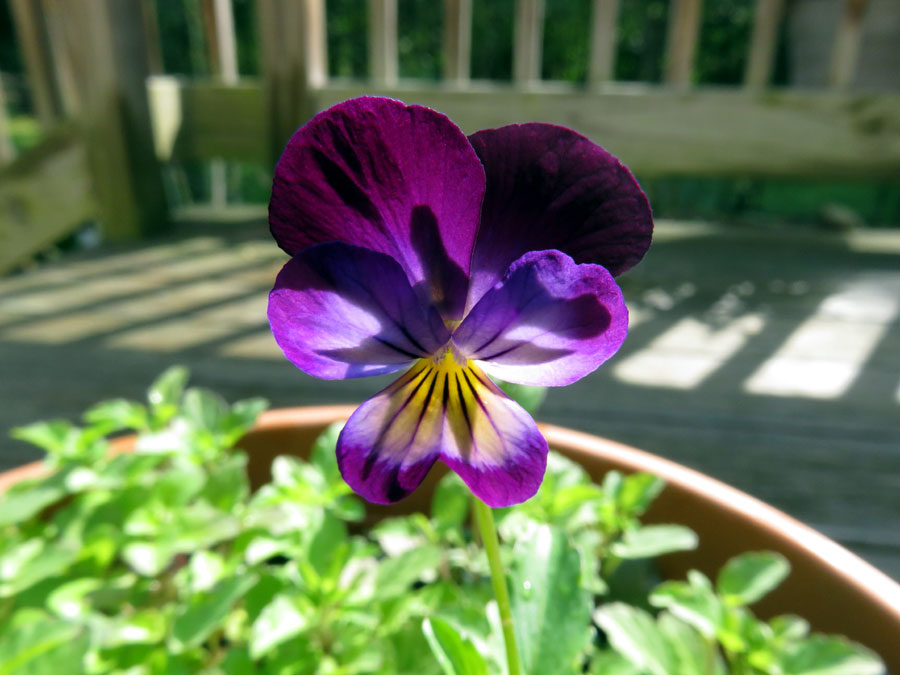
Johnny Jump-Ups
This flower variety demands little maintenance and blooms for a long period of time. Seeds of Johnny Jump Up violas self-sow relatively easily, but take over fairly quickly, and can be easily pulled under if undesirable. The flowers of this plant are edible, making it a suitable selection for containers. 0.6cm deep sowing should result in 12-14 days of germination.
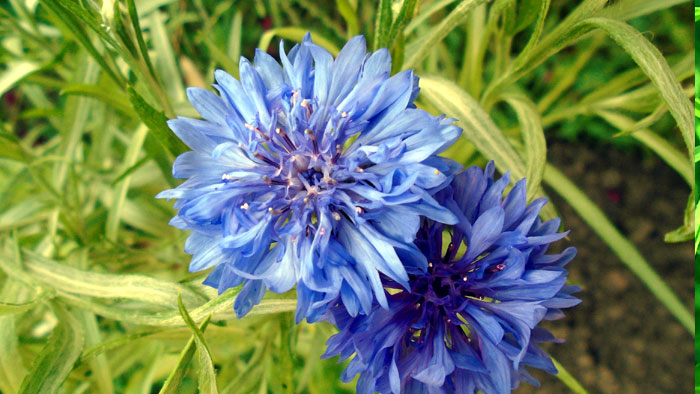
Corn Flowers
It possesses edible petals, and its scented floral water for soothing puffy eyes is evolving into a rising star in the natural skin care world. An annual cornflower generally sprouts in 7 to 14 days at 60 – 70F, whereas perennial cornflowers take 21 to 28 days. Plant them in your garden before they reach four inches tall for best results. The seeds can be sown outdoors directly in the garden between mid-spring and late fall.
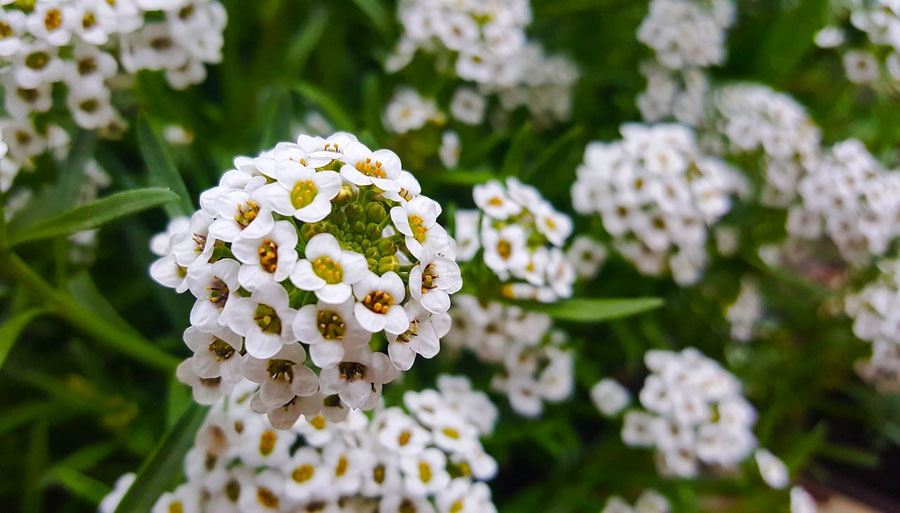
Sweet Alyssum
In addition to being a favored plant of hoverflies and many other valuable insects, annual sweet alyssum is ideal for softening the edges of beds and containers. It is also excellent for growing along walks. The seeds of alyssum can be easily planted directly in the garden. Seeds of Sweet Alyssum are easily started from seed by scattering them and shoving them firmly into the ground.
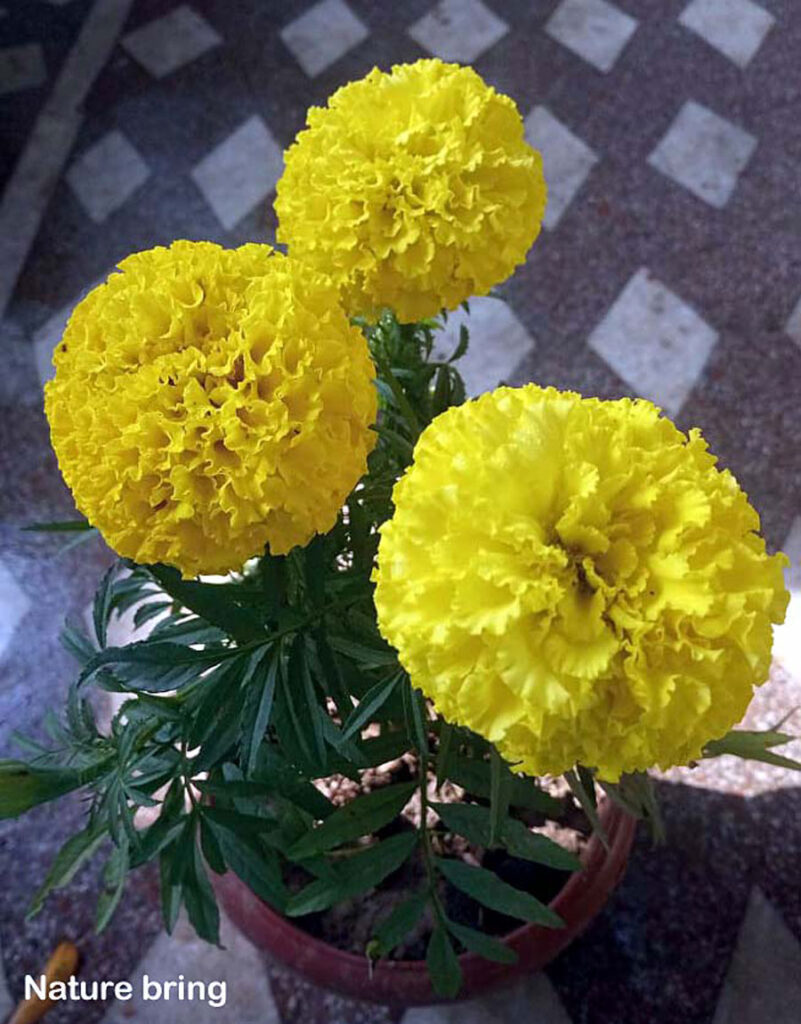
Marigolds
Ideally, marigolds should be grown in well-drained soil in a bright location. Sprouting and blooming can be achieved in 8 weeks from seed, so marigolds are an effortless crop to grow from seed. They germinate quickly and bud within a few days. As soon as the soil reaches a temperature of 70 degrees, plant seeds outdoors. After sowing the seeds, space them 1 inch apart and water them thoroughly.
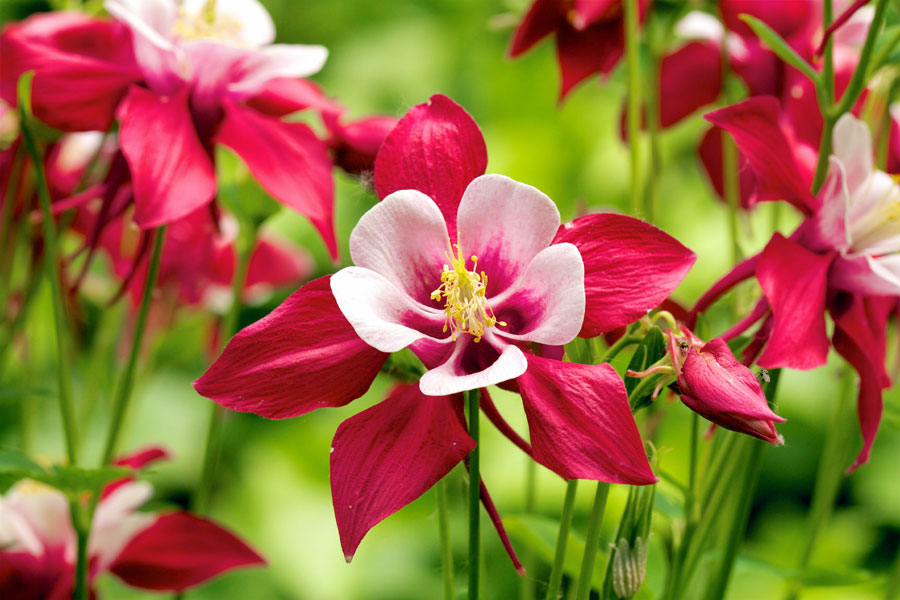
Columbine
Colorful flowers beautify these perennials that bloom in spring and early summer. Columbines germinate easily from seed and multiply rapidly once established. The seeds of columbine flowers can be directly planted in the garden anytime between early spring and mid-summer. Provided they receive plenty of light, they don’t need to be covered.
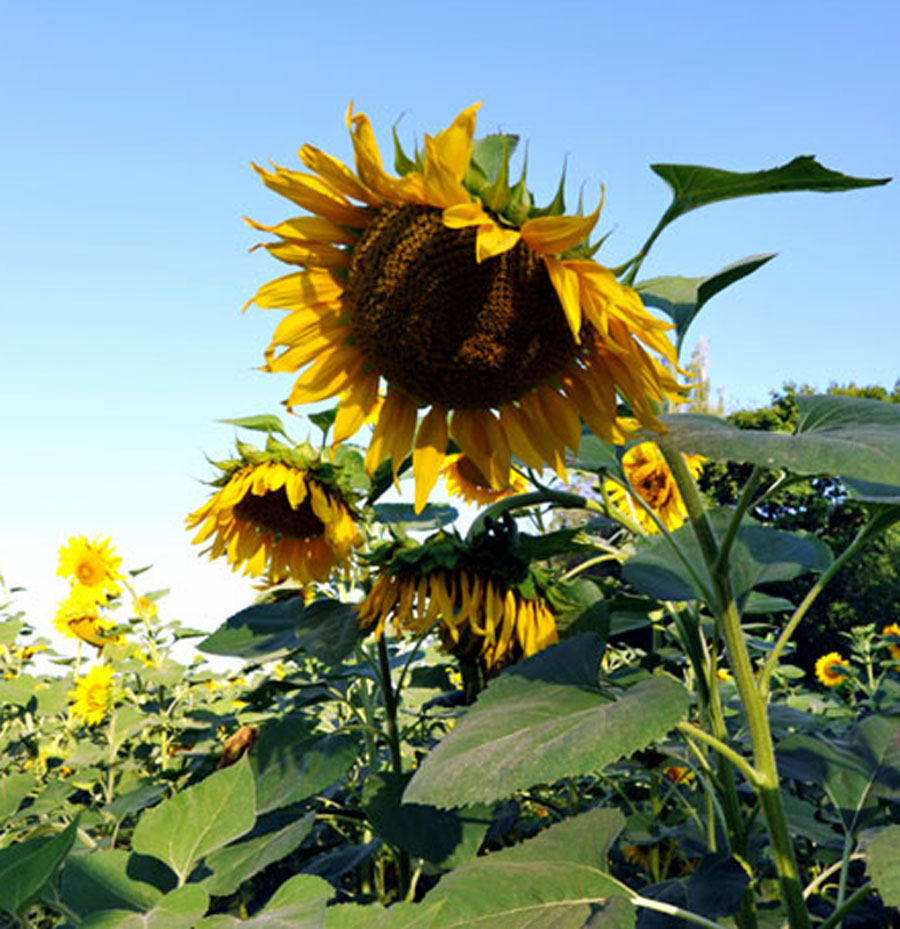
Sunflowers
A few sunflower seedlings are always awarded when they get off to an early start, as they are cold-hardy, and often endure spring frosts. Sunflower seeds are best planted directly into gardens (or outdoor containers) after the risk of spring frost has passed or until the soil has heated to at least 50 degrees Fahrenheit. According to the type of seed, it can take between 80 and 120 days for the seed to bloom after it is planted in the soil.
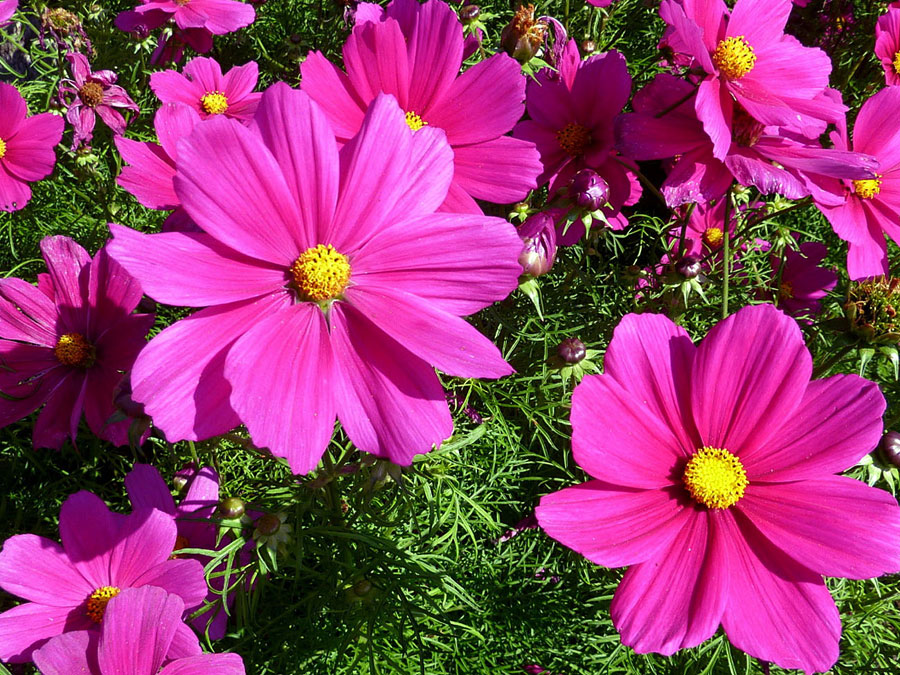
Cosmos
A cosmopolitan flower produces a good cut flower for bouquets, and they bloom throughout the summer. Typically, they self-seed, but are annuals. Their low-maintenance essence makes them perfect for people who don’t have much knowledge of gardening. Stunning color can be added to borders and pots with these quick-growing, easy-to-grow plants. They flower in as little as 12 weeks. During the month of March or April, sow the seeds early to ensure the longest flowering period.
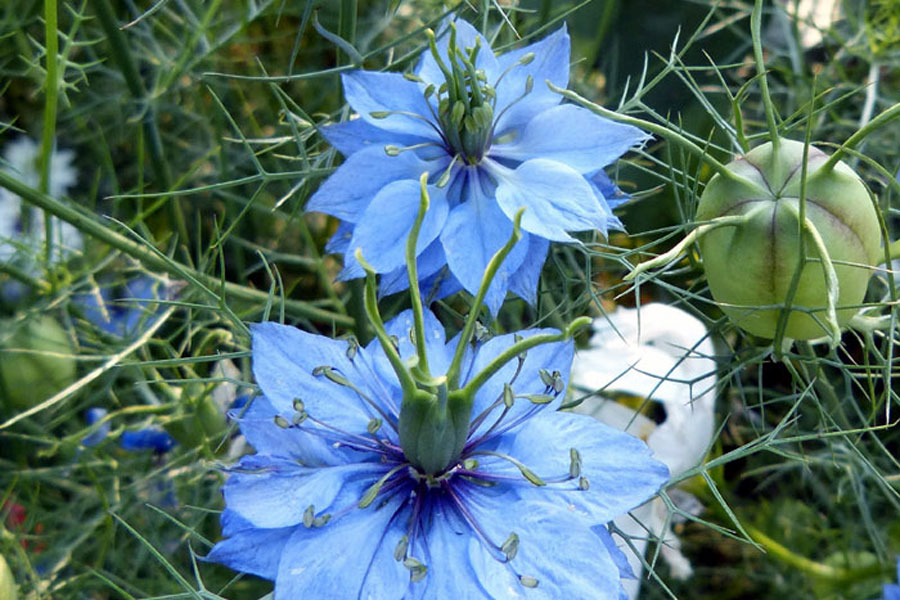
Nigella
As a hardy annual, Nigella can be planted straight outdoors in March and April and will bloom between July and August. Flowers that bloom between May and June can also be sown in September. The seeds of Nigella are easy to grow and plant. There is a chance that Nigella will self-sow under suitable conditions. Before planting outdoors after the last frost, try sowing indoors in peat or coir pots six to eight weeks before sowing outside.
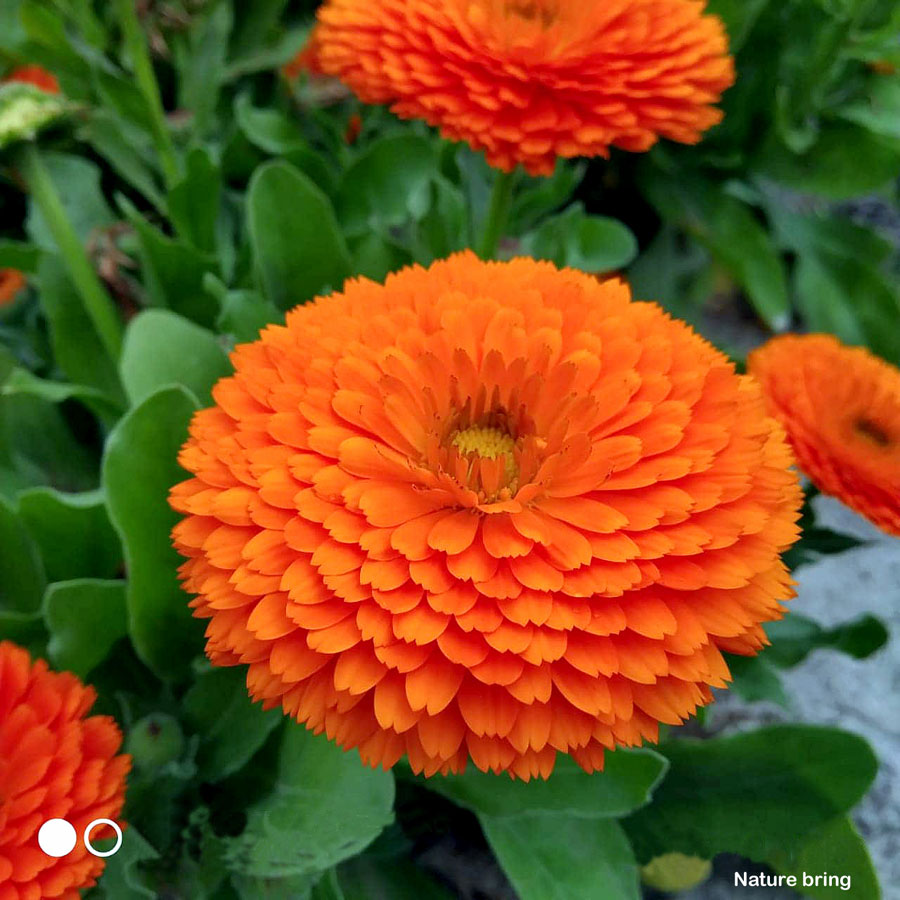
Calendula
Traditionally, calendula has been used to heal skin, or dried calendula petals can be substituted for saffron in cooking. Seeds are comfortable to grow from seed, and they mature within six to eight weeks of sowing. A hardy annual, Calendula, or Calendula officinalis, shares a central disc encircled by spoon-shaped petals with members of the Asteraceae or Compositae family.
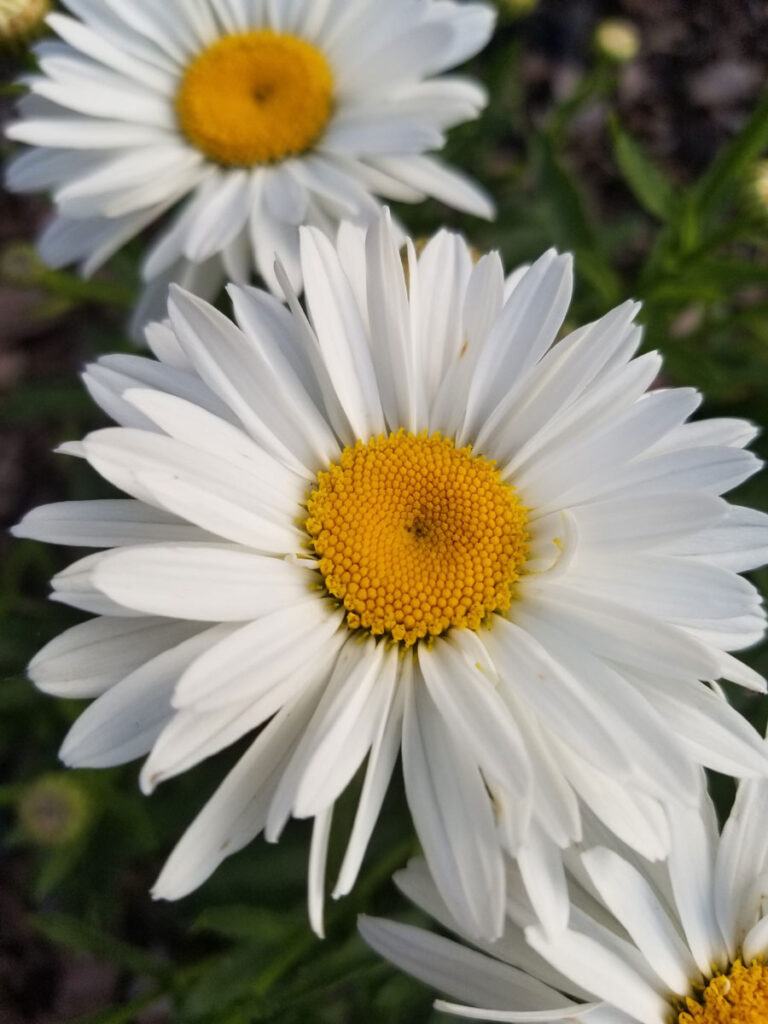
Shasta Daisies
There are some environments where these perennial plants bloom between July and September. Their use in flower fences and as cut flowers is versatile. It is best to start seeds indoors eight to ten weeks before the average last frost date in your area, either in pots or trays. Press the seeds gently into a moist soilless medium, but they should be covered, as they need light to germinate. Keeping the seeds at 70°F in a bright place will germinate them within 14 to 21 days.
For pin:

